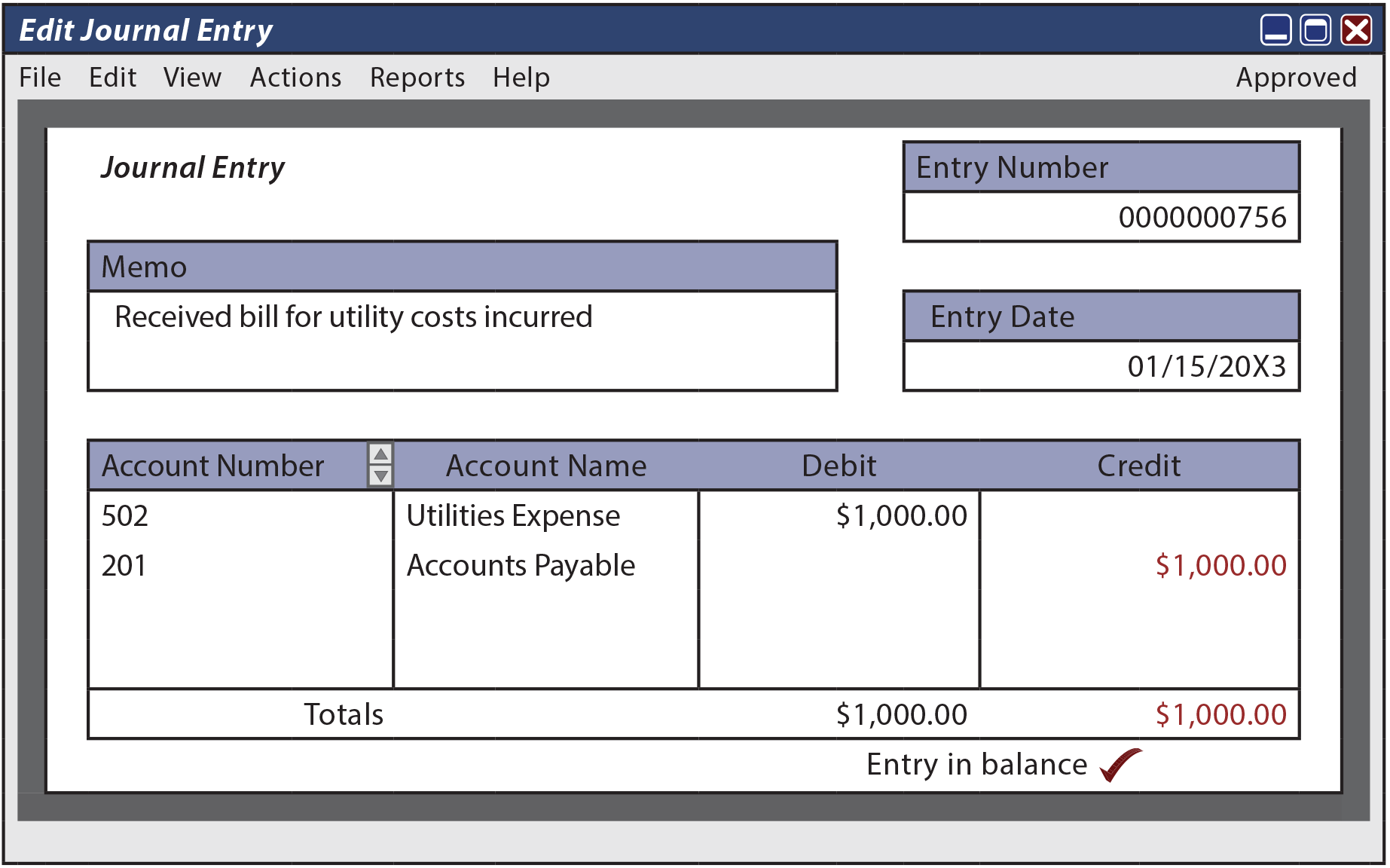Notice that much of the material in this chapter involves mundane processing. Once the initial journal entry is prepared, the data are merely being manipulated to produce the ledger, trial balance, and financial statements. It is no wonder that the first business applications that were computerized years ago related to transaction processing. In short, the only “analytics” relate to the initial transaction recordation. All of the subsequent steps are merely mechanical, and are aptly suited to computers.
Many companies produce accounting software. These packages range from the simple to the complex. Some basic software products for a small business may be purchased for under $100. In large organizations, millions may be spent hiring consultants to install large enterprise-wide packages. Some software companies offer cloud-based accounting systems, with the customers utilizing the internet to enter data and produce their reports.
How Do They Work?
As one might expect, the look, feel, and function of software-based packages varies significantly. Following is a very typical data entry screen. It should look quite familiar. After the data are input, the subsequent processing (posting, etc.) is totally automated.

Each company’s product must be studied to understand its unique attributes. Accounting software packages generally:
- Attempt to simplify and automate data entry (e.g., a point-of-sale terminal may actually become a data entry device into the accounting system).
- Divide the accounting process into modules related to functional areas such as sales/collection, purchasing/payment, and others.
- Attempt to be “user-friendly” by providing data entry blanks that are easily understood in relation to the underlying transactions.
- Attempt to minimize key-strokes by using “pick lists,” automatic call-up functions, and auto-complete type technology.
- Are built on database logic, allowing transaction data to be sorted and processed based on any query structure (e.g., produce an income statement for July).
- Provide up-to-date data that may be accessed by key business decision makers.
- Are capable of producing numerous specialized reports.

Despite each product’s own look and feel, the persons primarily responsible for the maintenance and operation of the accounting function must still understand accounting basics such as those introduced in this chapter: accounts, debits and credits, journal entries, etc. Without that intrinsic knowledge, the data input decisions will quickly go astray, and the output of the computerized accounting system will become hopelessly trashed. Accounting knowledge is essential in the successful implementation and use of most any computerized system and the reports it produces.
Need help preparing for an exam?
Check out ExamCram the exam preparation tool!
| Did you learn? |
|---|
| Appreciate the benefits of a computerized accounting systems. |
| Describe typical data entry processes for computerized accounting systems. |
| What are some of the typical features of a computerized accounting system? |
